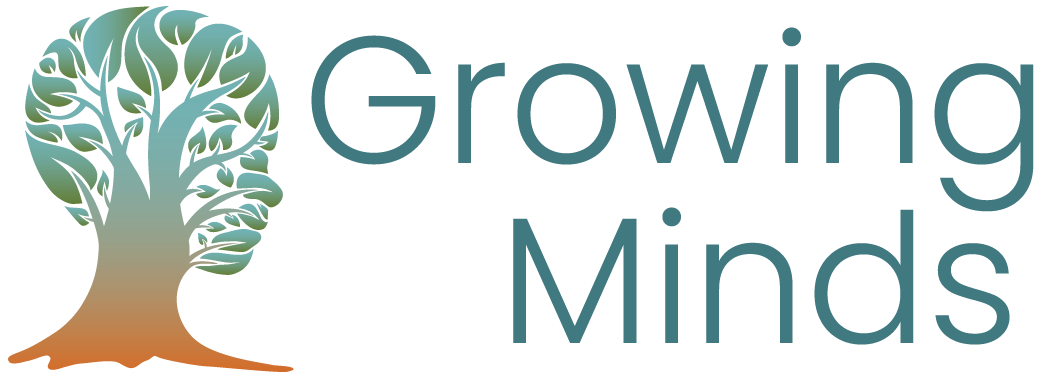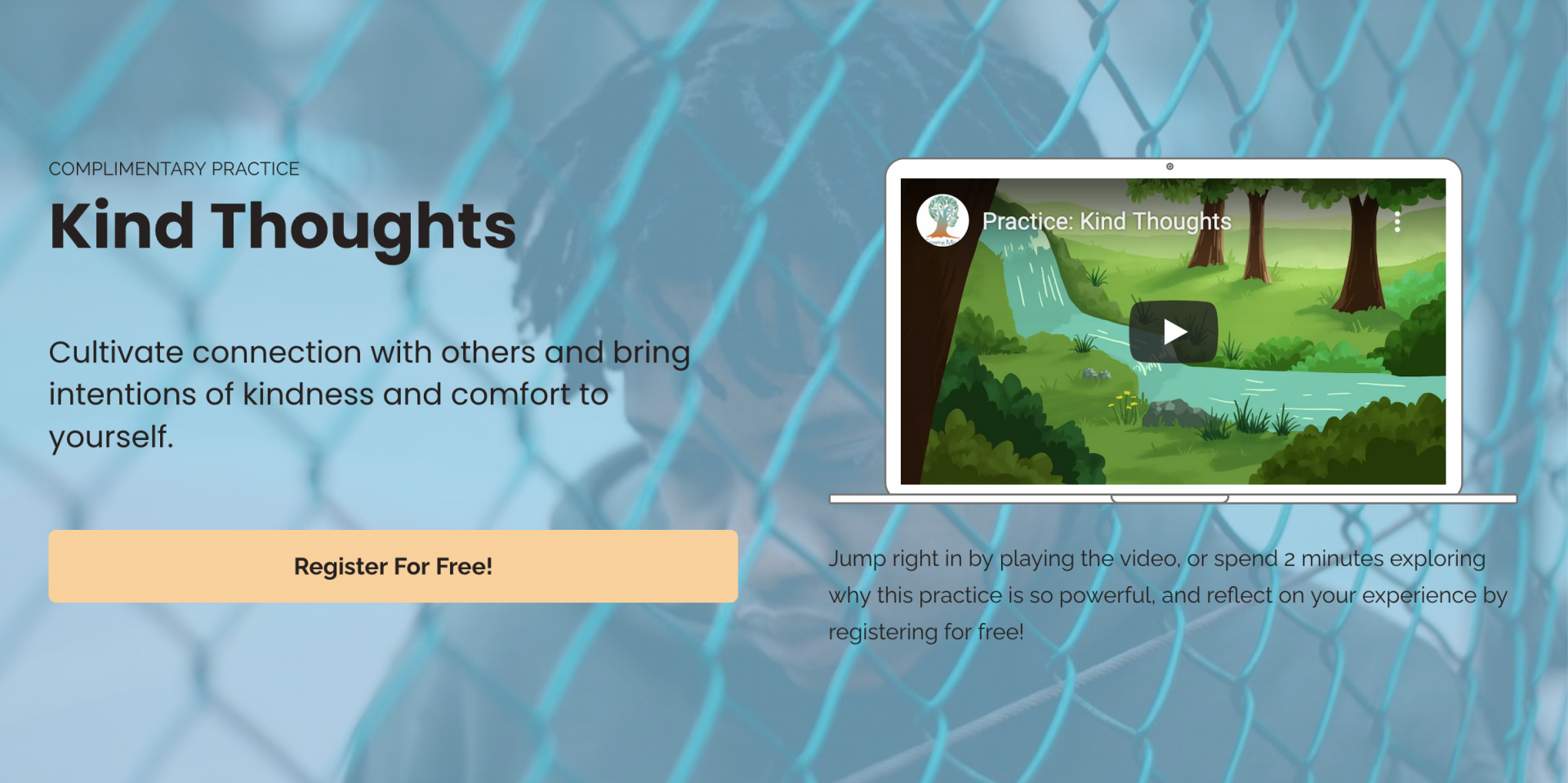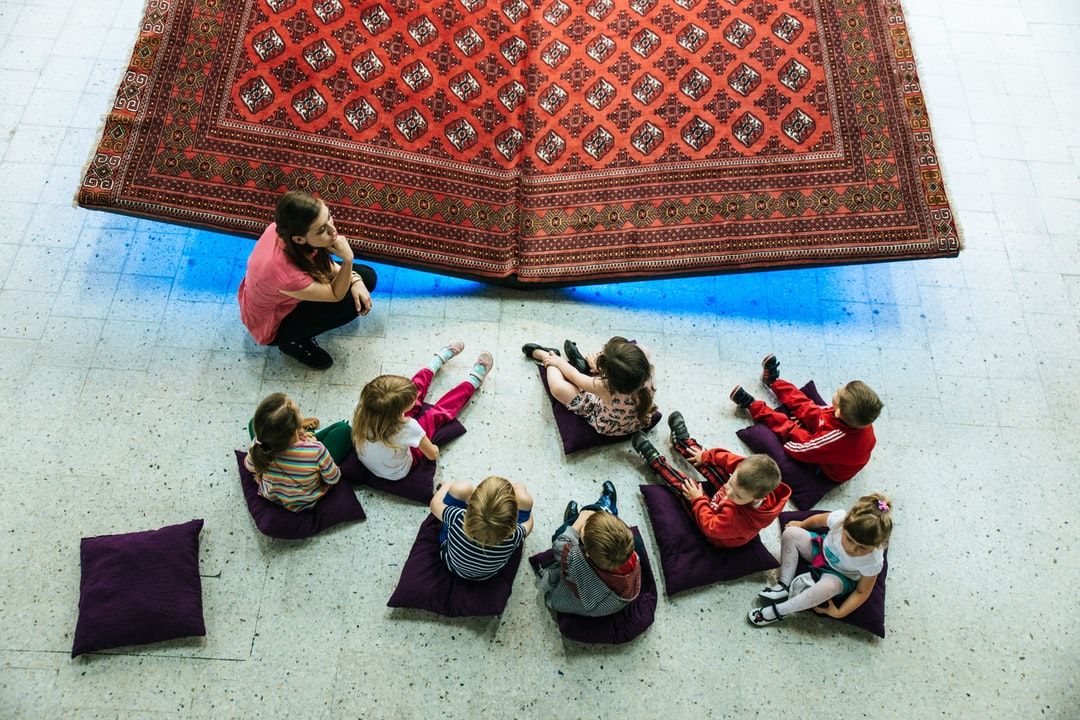
Jenifer Hilander
Lessons from A New Berlin Educator
Pivoting in times of Uncertainty
Uncertainty. It’s perhaps the word that’s been most used to describe the past year. From the macro level of the pandemic and social-political unrest, to the personal level of concerns about family, illness, jobs, finances, and the effects of social isolation - any and all of these have contributed to a collective sense of uncertainty.
Neuroscience tells us that our brain and nervous system really dislike uncertainty. In a 2016 study at University College London, researchers found that when participants were told they had a 50% chance of receiving a shock, they were actually more stressed than those told there was a 100% chance of being shocked!
Drag to resize
"The most stressful scenario is when you really don't know. It's the uncertainty that makes us anxious.”
Designed to keep us safe, our amazing brain has a built-in survival response that’s constantly scanning our environment for danger. Situations that elicit fear - uncertainty’s first cousin - trigger this automatic response system that primes us to react, take action, and restore safety. Under circumstances of momentary danger, the nervous system is designed to handle stress, then reset to a relative state of balance.
But living with uncertainty poses a particular dilemma. Simply put, the nervous system wasn’t designed for a perpetual pandemic. Our minds and bodies weren’t made to sustain prolonged periods of unpredictability.
This, the last full month of a most unprecedented school year, we wish to amplify the voices of our incredibly nimble and resourceful educational partners.
As teachers across the country have risen to meet a complex and constantly shifting educational landscape, it’s clear educator wellbeing is one of many casualties. According to a recent survey from the RAND corporation, teacher morale is at an all-time low, and 25% of all teachers reported they were likely to leave the teaching profession by the end of the year. In an article for Mindshift, teachers across the country shared why they’re at a breaking point.
Drag to resize
"It feels like we're building the plane while we're flying it and the destination keeps changing on us."
Not only are teachers learning how to fly to an undisclosed location with a full cabin of masked passengers, they’re doing it without GPS. And along the way, the message to put on their oxygen masks first got lost somewhere in the chaos.
When this chronic state of hyper-arousal becomes the “new normal,” like it has for so many, it leaves behind a residue of physical and emotional wear and tear, taxing our wellbeing.
So many months of adjusting and pivoting and adjusting again is bound to take its toll. So what do we do? Educators and non-educators alike? As any healing process suggests, acknowledging the situation and naming it is a positive first step. To help, Psychologist and NY Times contributing writer Adam Grant, aptly puts a name to what so many of us are feeling: languishing. Grant calls it, the neglected middle child of mental health.
Drag to resize
"Languishing is a sense of stagnation and emptiness. It feels as if you're muddling though your days, looking at your life through a foggy windshield."
Drag to resize
Whether you’re stuck in overwhelm or find yourself languishing, or somewhere in between, know you’re not alone. Together, perhaps we can all give this neglected middle child a little attention and discover the power that lies in the mindful skill of acknowledging and naming an emotion, just as it is.
Drag to resize
Growing Mind's Interview with a New Berlin Educator On How She Managed 2020-2021
Recently, Growing Minds instructor, Jen Hilander sat down with educator Sarah Rowse-Borrelli. Sarah, a 7-12th grade ELA educator and reading intervention instructor, shared how she has drawn inspiration from Growing Minds Foundations of Mindful Living series.
She describes how weaving brief but impactful moments of self-care into her day has helped her remain aligned with her intentions to approach the year's challenges with a positive frame of reference.
And how she makes space for connection by facilitating trust and listening intently for the wisdom her students bring from their experiences.
She describes how weaving brief but impactful moments of self-care into her day has helped her remain aligned with her intentions to approach the year's challenges with a positive frame of reference.
And how she makes space for connection by facilitating trust and listening intently for the wisdom her students bring from their experiences.
Jen (Growing Minds):
It’s been quite a year! I’d love to know about how you’ve approached the challenges presented by the pandemic from a mental and emotional wellbeing perspective.
Drag to resize
Sarah (ELA and Reading Intervention Educator):
It’s a really great question. Perhaps I’m an anomaly, but I spent some time last summer pausing to consider how I wanted to approach the school year. I’m not only a teacher, but I’m a mom of 3 little girls. Right around the time everything was shutting down I found out I was expecting my third child. I decided to see the pandemic as a portal - an opportunity to reflect on my job and my family and those things that are important to me. Rather than getting stuck on negative island I decided to ask myself, “Where is this going to take me?” I wanted to frame this challenge as an opportunity to move me to better my teaching, and to reflect on my strengths and what I wanted to learn from this.
And it has been a chance in the world of education to better understand how to engage students in a virtual environment. So I accepted the challenge. And I wanted to thrive from it. I may not have liked all the outcomes of it. I was really hesitant to teach in-person and virtually at the same time. That’s a mental load beyond anything I could explain! That alone over the course of the year did weigh heavily on me. So that’s where I found myself returning to my intentions - what I wanted to get out of it. And I found myself coming back to my notion of positive island. I joke and I tell my colleagues, “I really don’t want to visit negative island, or I’ll live there for far too long and I don’t want to live there.” I look to find the good in whatever I’m doing.
So as COVID kicked in, I worked hard to try to stay present and to stay focused on my intentions. And then the opportunity to engage with the Growing Minds' courses came along.
Opportunities to practice mindfulness bring me joy and comfort. It brings me back to where I need to be for centering or just like, “Don’t forget, you can still do this!” I'm not a perfect practitioner. I don’t get to practice every single day, or as much as I'd like to. But mindfulness always provides me with those three minutes of reflective approaches to life, or to the day, or to the situation.
Opportunities to practice mindfulness bring me joy and comfort. It brings me back to where I need to be for centering or just like, “Don’t forget, you can still do this!” I'm not a perfect practitioner. I don’t get to practice every single day, or as much as I'd like to. But mindfulness always provides me with those three minutes of reflective approaches to life, or to the day, or to the situation.
Drag to resize
Jen:
It sounds like you have some skills that have helped you to navigate all that gear changing and mental effort involved with teaching in a way that could have sent anyone down an exhaustion spiral. Can you share a bit more about your practice? What’s your magic when it comes to being able to shift your attention to come back to positive island?
Drag to resize
Sarah:
I'm not perfect but I do really work hard to find ways to build people and myself up so that they can move in a positive or in an effective direction. Be that my husband or my daughters. For me, it's a mental choice. Trust me, I do visit negative island. But I try to approach it with awareness.
Drag to resize
Jen:
I hear you saying you’re really creating space to observe your own thoughts and make deliberate choices that support you and those around you.
Drag to resize
Sarah:
I really like to read too. And over the last few months, I’ve found some really great books I find inspiration from. Maybe it sounds really cheesy, but I’ll take note of little snippets or quotes. Or on Instagram, you might follow people who offer a little cheer-up here or there. They’ll have something to say - maybe I needed to see or hear this idea right now. Sometimes I’ll go back and look at my phone at something I’ve screen shot as gentle reminders to myself. When you have emotions that you're perseverating on, making that space within yourself helps to make the next steps that much more approachable.
Drag to resize
Jen:
It’s such a beautiful practice. I think some people think of mindfulness as seated meditation, and while that’s one form of practice, there is this active form that you’re talking about. This practice of pausing and lingering on something that speaks to you - that fuels your energy. Taking in that message you need to hear in that moment.
I want to ask you how the pandemic has affected your relationships with your students - how you’re trying to keep a sense of connection alive.
Drag to resize
Sarah:
It’s a challenge! About three years ago I tried to implement in my classroom mindful moments for a collection of sophomores. I was working to establish purpose and allowing them the opportunity to just pause. Because even in the world of education, students are not provided a lot of time to pause. For example, when it comes to giving kids space when we ask a question, we talk about “wait time” for processing before they respond. And if they don’t respond right away, why is that bad?
And even more, when you think about a student’s schedule, they have eight different classes and class structures in a day. They're trying to manage eight different “bosses” in this experience and themselves as well. On top of maybe pressures from coaches and parents. So, I was mildly successful providing those mindful moments to pause, whether it was using the Calm App or taking them through a mindful eating practice. Those moments were nice little connections for kids.
But now, my ability to connect with them has not been as easy. It’s partially because of the masks. In our world, masks became mute buttons. So communications and engagement with them became hard. And because some of the kids were virtual, my ability to connect with them also became difficult, especially considering the distractions that might be present in their environment.
Looking ahead, I think back and wonder how I could implement those moments more. And I also wonder, how am I even coming back to the relationships I used to be able to build? There was a time in my life when every kid, you know, enjoyed my class and now I think they're all just surviving.
Drag to resize
Jen:
On that thought, I’d love you to share from an educator’s perspective what you feel is needed to support everyone’s wellbeing - both educators and students - going forward.
Drag to resize
Sarah:
I think a big part of it is allowing that acceptance of how everyone's coming to the table. There’s no universal experience of how the past year has affected everyone. For example, we may not have known that a student had lost a grandparent due to COVID. I know it’s kind of cliché, but we need to provide some grace for us all, and build trust with students and parents so they see me as a safe person and a resource. I can provide them the willingness to hear, to listen, and support.
Drag to resize
Jen:
You’re working with an age group of students who are at a stage of their development where they’re really becoming increasingly aware of the social and cultural issues around them. And many are paying close attention to the events of the world as they unfold as defining moments in their lives. It’s a big question, but I’m wondering if you could share how classroom teachers create safety and inclusion around students’ histories, their lived experiences, around their identities.
Drag to resize
Sarah:
It’s a heavy question and an important one. As an educator I want to be very aware of where my biases come in and how to keep those in check. My approach is to be as informed as I possibly can. Or be willing to say, “I don’t actually know, but I will find a resource or someone to help you.” When you’re talking about safety, there are lots of needs in that. My experience is going to be different from theirs. So, I don’t want to project what I think. I want to absorb what they’re telling me without making assumptions. And even providing students with the opportunity, and encouraging them, to be the teacher to you.
I've had a lot of great students in my life who have taught me lessons. I don’t have to be the sage on the stage. I want to be the cheerleader on the side and the facilitator of learning. Teachers know a lot; we’re innovators. We’re creators. But we’re also human. It really comes down to listening. I can see that no one’s experience is the same. I want us to find a way together.
We would like to thank Sarah and express our deep gratitude to our world of educators who have much to teach us all about how to go forward, mindful of where we’ve been.
Drag to resize
Time for a Practice
If you are looking for a mindfulness practice in this time of uncertainty, please visit our complimentary practices page. We specifically recommend the Kind Thoughts Practice, as it helps strengthen feelings of connectedness.

Drag to resize
Join Our Community
Thank you!
Featured links
-
About us
-
Contact Us
-
Educator Information
-
Free Mindfulness Curriculum Resources
-
Free Adult Practice Videos
-
Take 5ive Classroom Practice Videos
Growing Minds makes well-being, mental health, and mindful awareness concepts relatable and actionable.
Growing Minds is proud to be a 501(c)(3) Non-Profit
Growing Minds is proud to be a 501(c)(3) Non-Profit
Copyright © 2025

